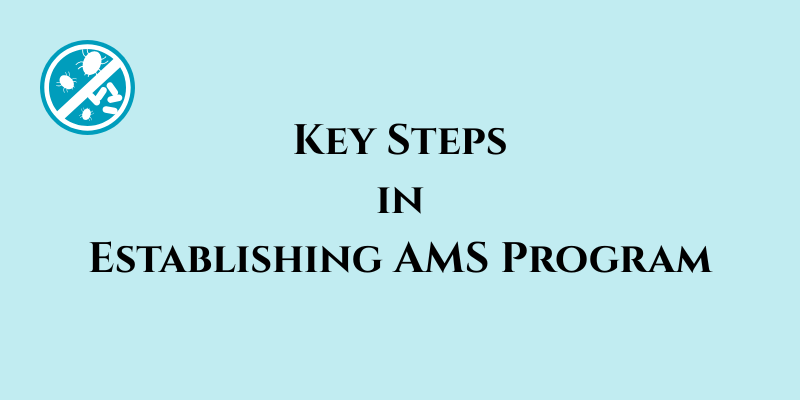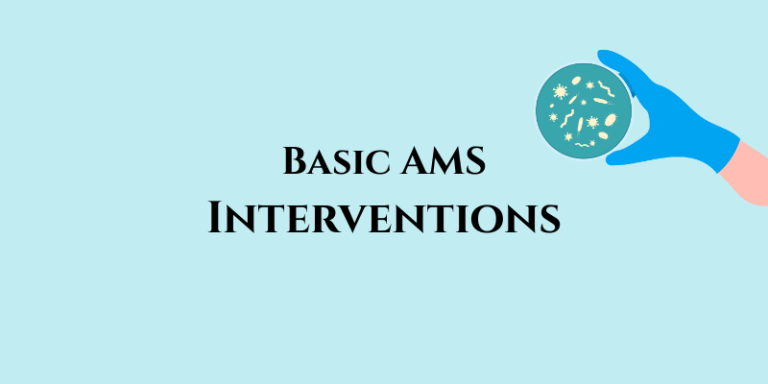Key Steps in Establishing AMS Program
Antimicrobial Stewardship (AMS) refers to coordinated interventions designed to improve and measure the appropriate use of antimicrobials (antibiotics, antivirals, antifungals, and antiparasitics). The primary goal is to enhance patient outcomes, reduce antimicrobial resistance (AMR), and prevent the spread of multidrug-resistant infections. AMS programs are essential in hospitals, long-term care facilities, and community healthcare settings to ensure these life-saving drugs remain effective for future generations.
Key Steps in Establishing a National AMS Program
- Establish a governance structure – e.g. a national AMS technical working group linked to the national AMR steering committee.
- Review and prioritize the national core elements:
2.1. Identify what is already in place and the level of implementation required.
2.2. Identify the short- and medium/long-term priority core elements.
2.3. Identify the resources required. - Identify pilot health-care facilities (public and private) for initial AMS rollout:
3.1. Tertiary teaching facilities;
3.2. Regional/state and/or district facilities; and
3.3. Primary care and/or community (as part of community AMS programmes not covered in this toolkit). - Develop a national AMS strategy* with national indicators.
- Dedicate financial and human resources as required.
- Monitor and evaluate implementation of the national AMS strategy.
- Facilitate access to and/or support pre- and in-service training on optimized antibiotic prescribing.
Key Steps to Establishing a Health-care Facility AMS Program
- Undertake a facility AMS situational/SWOT analysis of:
1.1. Health-care facility core elements – identify what is in place and the implementation level required;
1.2. Available data on antimicrobial consumption (AMC) and/or use, prescription audits and AMR surveillance data; and
1.3. Existing AMS competencies at the facility. - Establish a sustainable AMS governance structure based on existing structures.
- Prioritize the health-care facility core elements based on the situational analysis:
3.1. Identify the immediate priorities.
3.2. Identify the resources required. - Identify AMS interventions starting with the low-hanging fruit:
4.1. Identify who, what, where and when. - Develop a health-care facility AMS action plan that specifies the human and financial resources required.
- Implement AMS interventions.
- Monitor and evaluate AMS interventions.
- Offer basic and continued educational resources and training on optimized antibiotic prescribing.
Read also: Essential Components of Medication Therapy Management (MTM)


